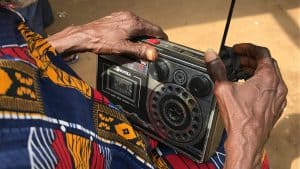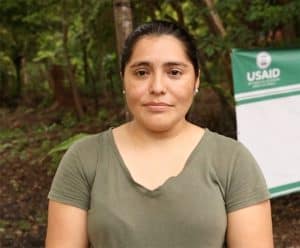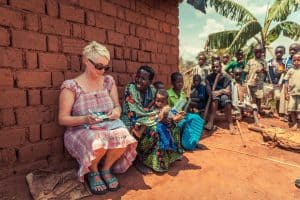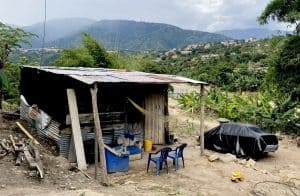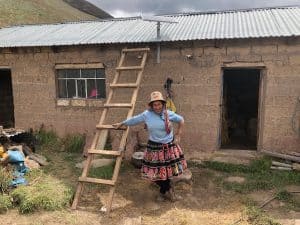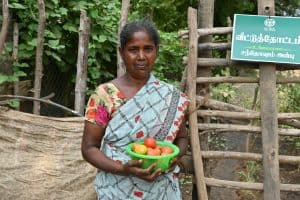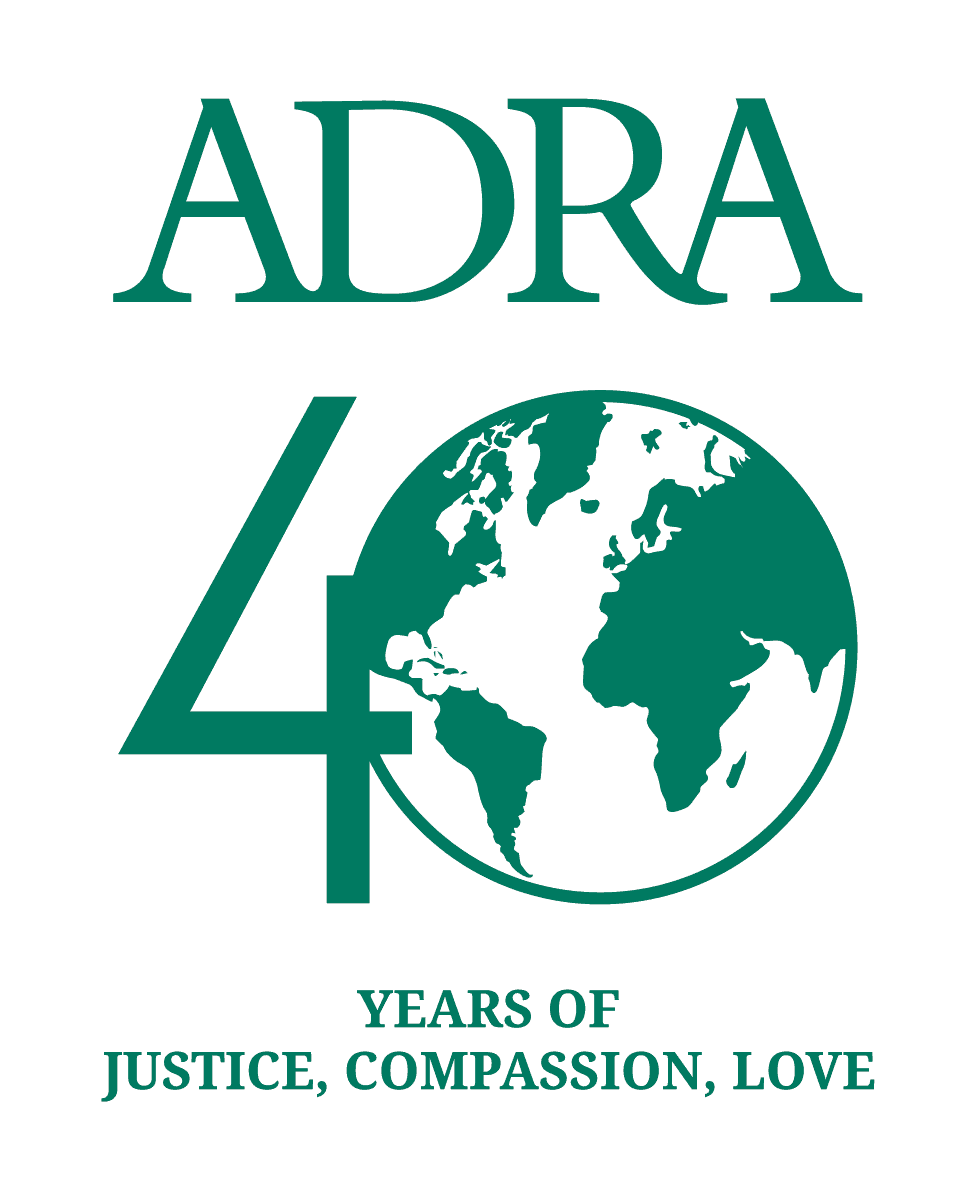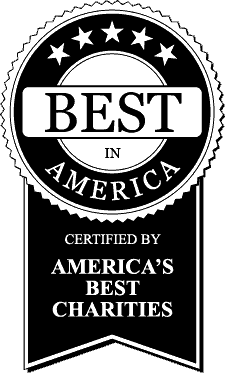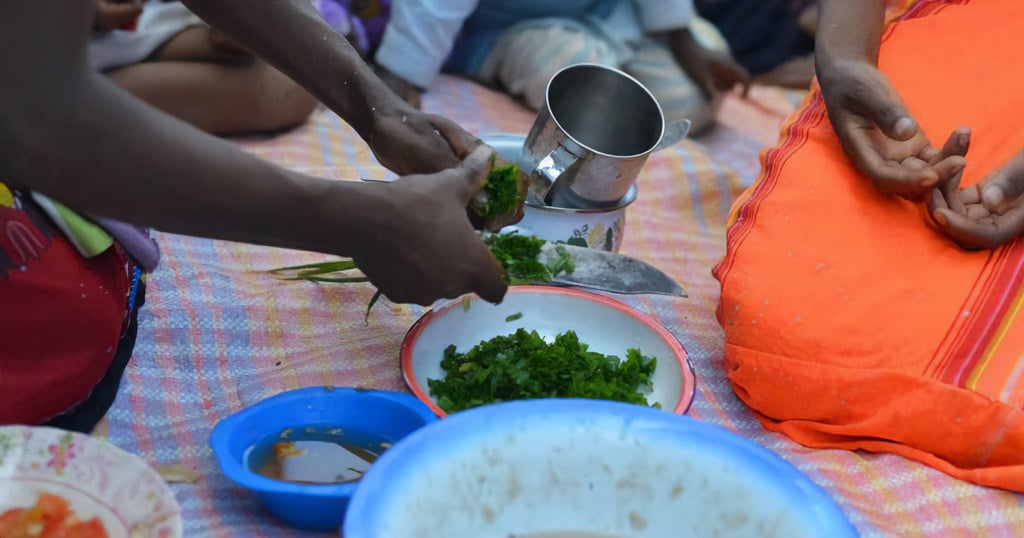
The hilltop village of Mahasoabe is a place of vibrant beauty: the grass is green from recent rains, flowers of red, yellow, and purple dot the landscape and clothes of all colors hang out to dry.
It is fitting that ADRA brought to this community a maternal and child health and nutrition program that encourages, among other components, the concept of Rainbow Food—that one’s diet should be as colorful as this scenery.
“The mothers didn’t always know about diversifying the diet. They kept giving the same food to their children every day,” said Community Health Volunteer (CHV) Therese Marguerite. “The food is not suitable for a child. The child does not get enough nutrients or vitamins.”
“Rainbow Food has nutrients and vitamins that make children grow well,” she added.
In this fertile region, Rainbow Food consists of the many naturally occurring foods available, including cassava, rice, sweet potatoes, taro, green leaves, lettuce, cabbage, carrots, tomatoes, onions, beans, groundnuts, peanuts, and fish.
“I sensitize mothers that they should give better food to their children,” Therese said. “I teach them to make nutritious recipes for children using locally available food.”
Helene is one such mother. The 32-year-old single mother of two has struggled to provide for the dietary needs of her children, especially her youngest, who is only two years old.
“After my son was born, my husband chased me away,” she said. “Both my parents are already dead, so I am the only one left to look after my kids. I don’t have any support to meet the needs of my children. Many times, I am struggling to find food for them.”
When field agents for ADRA’s ASOTRY project came to work with the community, they began with weighing babies under the age of two. At the time, Helene’s son, Masina, was 14 months old and weighed only 19 pounds.
“I have regularly weighed Masina since ASOTRY,” she said. “In the beginning, his weight was not stable—sometimes he was very underweight. When I did growth monitoring with the project, they found the child needed to be taken to Tsikonina to follow the program. I accepted and was willing to participate.”
“After six days, my son weighed 21 pounds,” Helene said. “After 12 days, he weighed nearly 22 pounds.”
Now her toddler son is a healthy baby boy full of life and health. Gone are the days when the small boy was given only boiled cassava. Now his mother knows to diversify his diet with a variety of fruits, nuts, and grains.
Though Therese still works hard to provide an income, she now has better techniques to maximize the naturally-growing crops of this region.
“I feel very happy because I am not worried about his health anymore,” Helene said. “I will keep preparing good food for my children—food with vitamins and fruits.”
ADRA works to improve health, increase access to education, and establish sustainable livelihoods for people around the world. This past project was a success for Helene and Masina, and we are serving millions more like them through community-based projects that support individuals and families, educate young people, train mothers, provide resources to farmers, and so much more.


